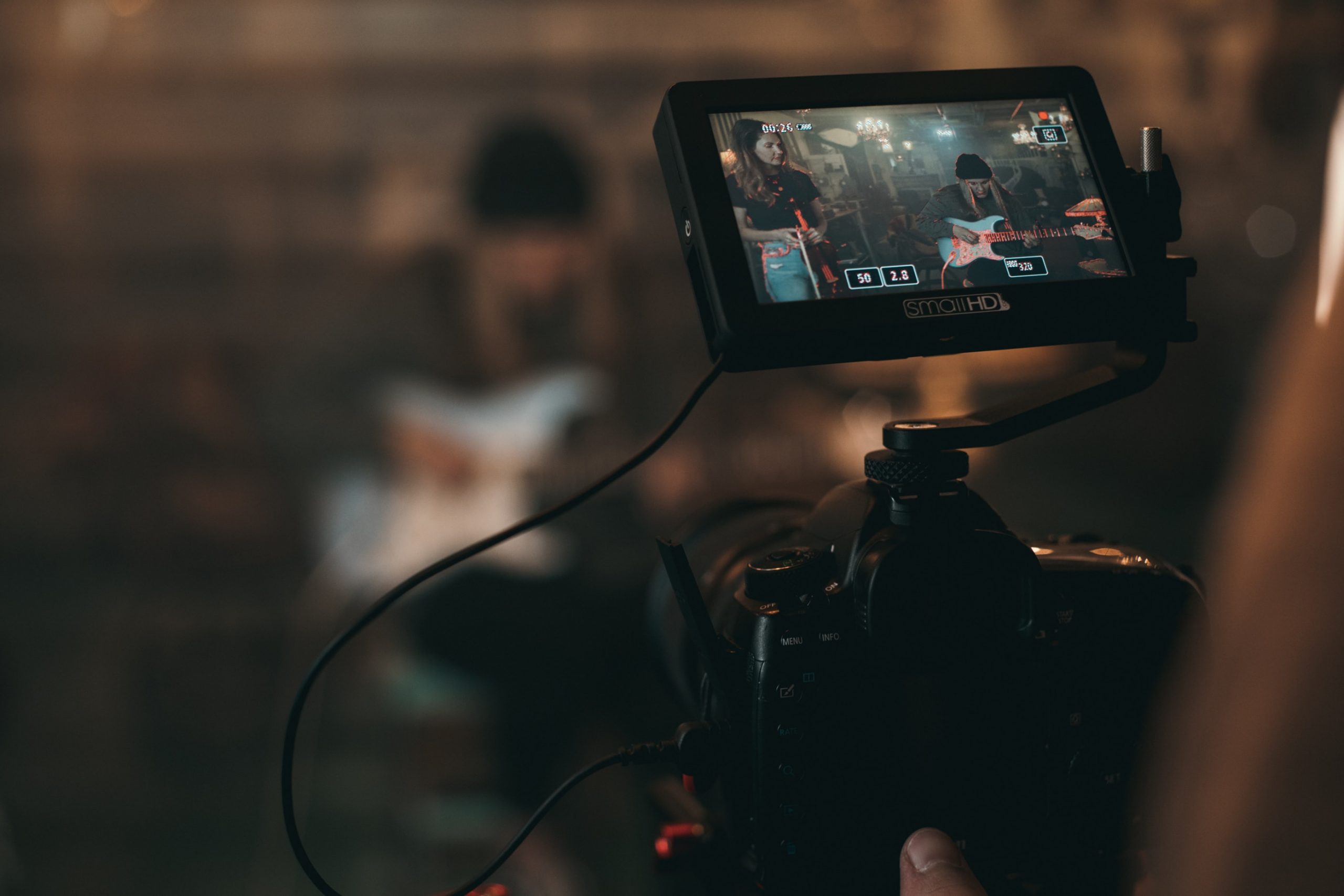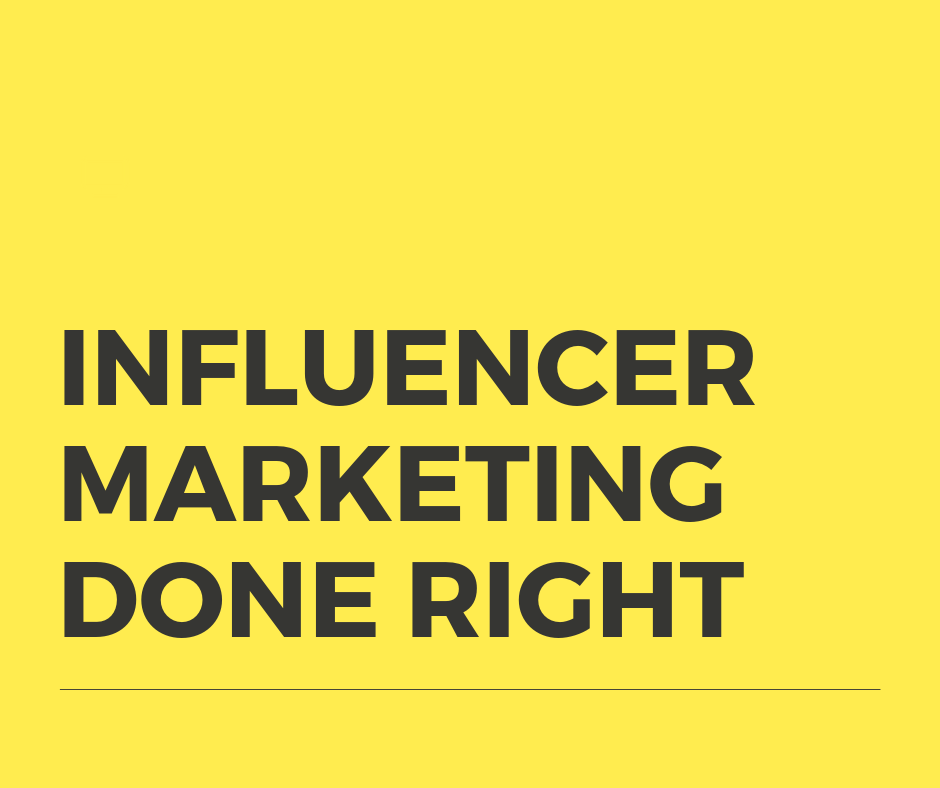
Four reasons why you should run brand-build ads on premium publishers using DoubleClick
DoubleClick Bid Manager (DBM or DV360) is Google’s programmatic marketing platform, and in more technical terms known as a DSP – Demand Side Platform. With this platform, you can directly interact with various ad exchanges, negotiate rates and amplify your digital marketing reach much more than what you get on regular Google Display Network. One common mode of advertising for digital marketers is using publishers like The Washington Post, Times of India (TOI), Economic Times, Dainik Bhaskar, Eenadu, etc. There are multiple advantages of dealing with them through DBM rather than cracking a direct deal with them. We are listing the four main reasons why you should prefer DBM than a direct deal.
Fig 1: Roadblock ads on a premium publisher-
Real time tracking and Full Transparency instead of post campaign blanket Impression reports
When you run a campaign with news publishers, they share a report on number of impressions at the end of the campaign giving you the cost and impressions served during the campaign. You have no way of verifying these numbers and have to trust publishers in serving the impressions.
Often, there are multiple ways in which you may not get the best out of the budget being put into the campaigns. For example, you wanted the mast head ad placement to be shown the most but the publisher actually delivered the side strip ad placement much number of times. Or you wanted your ads to show more on desktop but the publisher delivered the campaign much more on mobile devices. Or you wanted to push the maximum ads in the time zone of 2 to 5 PM but you realize all your impressions were served in the morning.
Fig 2: DBM report for a publisherWhile it is possible to directly transact with publishers, you’d not get information on any of these details but with DBM, you can monitor these numbers with its Floodlight tracking mechanism. You can set a frequency cap with the publishers so that the same impressions are not served to multiple people. Also, you can monitor where your ads are getting placed during the day and interact with the publisher to focus on the kind of placements you want.
-
Additional Filters of Targeting on the publisher sites
Use additional filters over and above the inventory provided by Times of India, etc: If you have the experience of dealing with publishers directly, you will realize that they sell inventory only on impression basis citywide or nationally. If you have a product which would suit only a certain age group, you cannot add additional filters on these sites. With DBM you have the option of adding native filters of Google like Age group, Income Ranges, etc over an above the publisher sites.
Fig 3: Micro-target multiple audiences easilyYou can also use your first party data to overlay over the publisher media options and refine your targeting.
Fig 4: Ability to overlay audiences to micro-target
-
Post View Remarketing
As the name suggests, with DBM, you can even re-target people who have seen your ads on the publisher networks. We all know the power of remarketing and engaging with audiences who have already seen or clicked on your ads. You can do the both with DBM. And needless to point out again, you do not get such a provision when dealing directly with publishers. They do not and will not share the remarketing pixels with you.
Fig 4: Retarget audiences who engaged with DoubleClick ads
-
Measure ROI using Post View Conversions
Any digital campaign needs to deliver ROI and this becomes especially difficult in the case of branding campaigns. At times, we don’t know whether the money spent is actually aiding or assisting the bottom of the funnel campaigns or not. With DBM, you get Post View conversions for all the campaigns i.e. any user who has filled a lead form after viewing the ads (not necessarily clicked) will be captured using the platform’s “Floodlight” tracking pixel. Now you have numbers to show your business or sales team to justify the budgets for branding campaigns. Sounds great, doesn’t it?
Fig 6: Sample reports showing Post View Conversions
All these are compelling reasons to use DBM (Google Display & Video 360) to run branding campaigns with Publisher networks. You get full transparency in data and additional options to get the best out of your marketing budget. Needless to say, you can combine the publisher campaigns with branding campaigns on other platforms including Googles native platforms like YouTube and Google Display Network.
GenY Medium is one of the few agencies with license of DBM (Google Display & Video 360). If you would like to get in touch to explore this further and try out for few of your campaigns, please contact us via the website or get in touch at support@genymedium.com. We would be happy to share more about the platform.





